Product Consultation
Your email address will not be published. Required fields are marked *
In the production process of antiviral yarn, environmental protection and reducing carbon footprint have gradually become important considerations. Many manufacturers have begun to focus on using sustainable production processes and materials to reduce the impact on the environment. For example, some antiviral yarn manufacturers may choose to use recycled materials or renewable resources as raw materials to reduce dependence on natural resources and reduce waste emissions during the production process.
More efficient energy use technologies may be applied in the production process. For example, renewable energy such as solar or wind energy is used to replace traditional fossil energy to reduce greenhouse gas emissions. Some manufacturers will also optimize production processes, improve resource utilization, reduce water and electricity consumption, and further reduce carbon footprint.
In the post-processing process of antiviral yarn, environmental protection measures may also be taken, such as using harmless chemicals to replace traditional toxic dyes or chemical additives. This can not only reduce pollution to the environment, but also reduce potential harm to consumer health. For example, the use of natural antiviral ingredients, such as plant extracts, instead of chemical synthetic substances, not only enhances the antiviral properties of yarns, but also meets environmental protection requirements.
Manufacturers may also adopt waste recovery and recycling systems to ensure that surplus materials and waste in the production process can be effectively reused or converted to reduce the generation of industrial waste. These measures help improve the sustainability of antiviral yarns while reducing the negative impact of the production process on the environment.
The production process of antiviral yarns not only pursues innovation in technology and function, but also gradually incorporates environmental awareness and the concept of sustainable development. By optimizing production processes, using environmentally friendly materials and improving resource utilization, manufacturers can effectively reduce carbon footprints, reduce environmental pollution, and promote the popularization of green production methods.
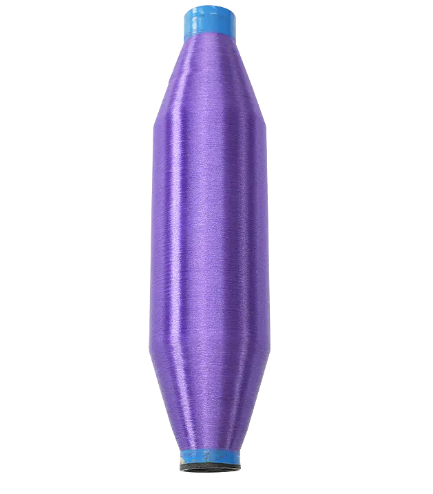
How does the tensile strength of nylon multifilament yarn impact its application in textiles or engineering?
2024-12-09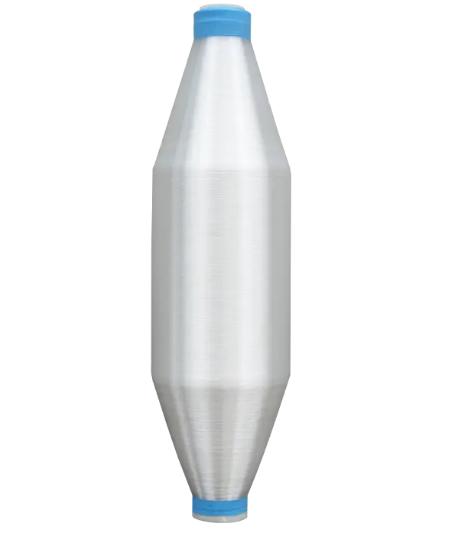
Does antiviral yarn achieve its antiviral effect through physical barrier or chemical reaction?
2024-12-23Your email address will not be published. Required fields are marked *
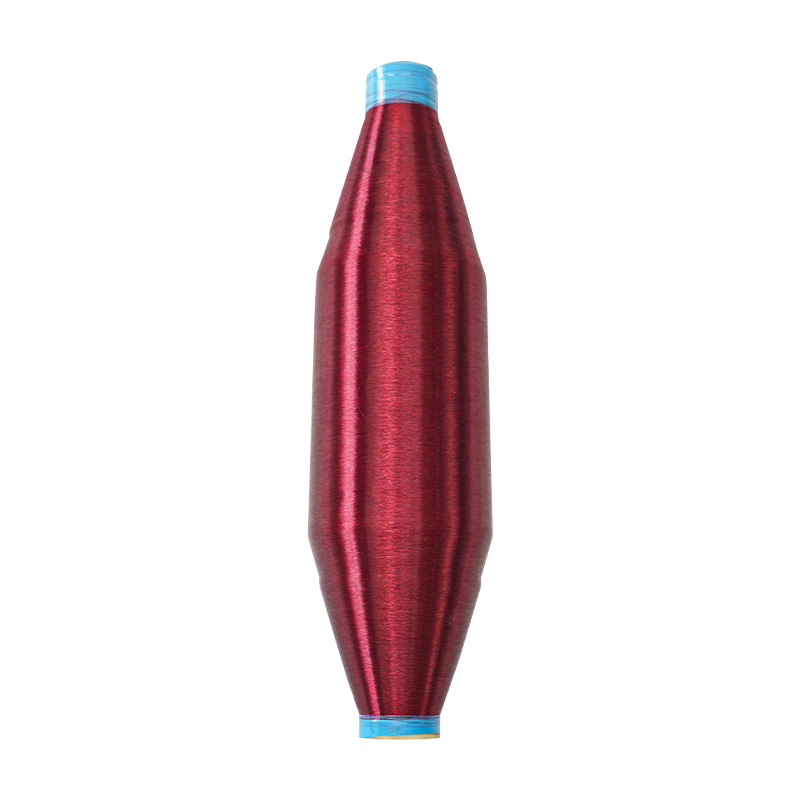
Biodegradable nylon yarn biodegrades faster in the environment than traditional synthetic fibers, helping to reduce negative environmental impacts. It also has the properties of nylon fiber, such as h...
See Details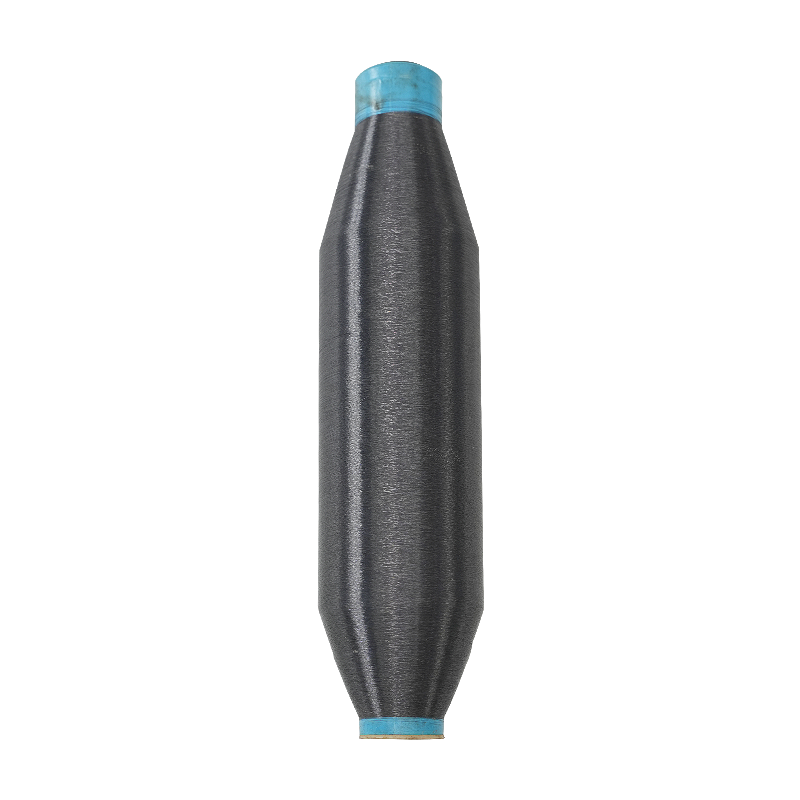
Nylon is a synthetic fiber with good strength and wear resistance, so 40D biodegradable yarn inherits the properties of nylon fiber. It has tensile strength, abrasion resistance and corrosion resistan...
See Details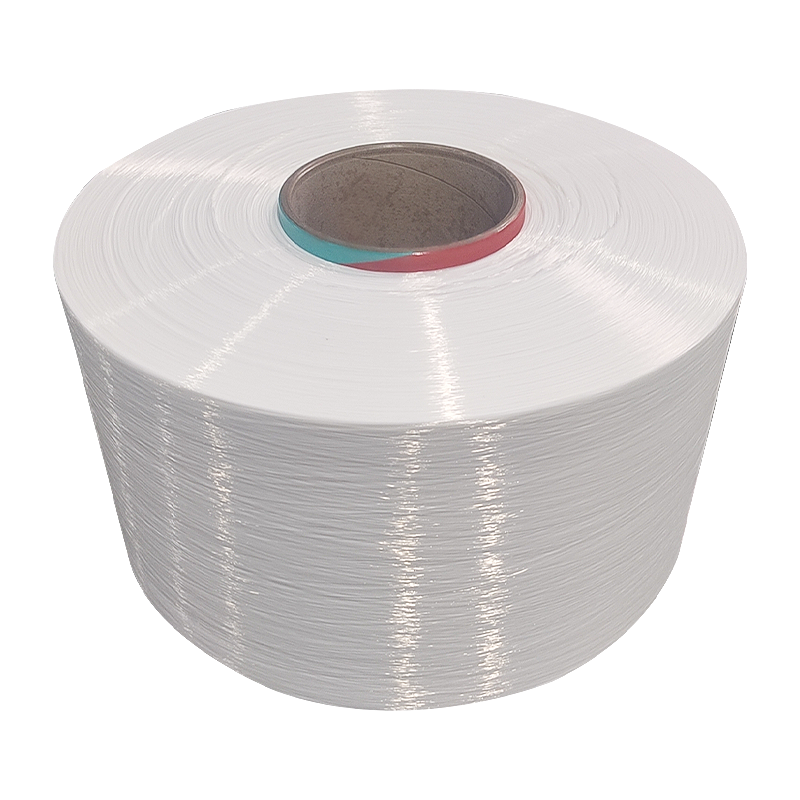
300D Nylon Mother Yarn is made of nylon material, a synthetic fiber with abrasion resistance, strength and durability. It is therefore suitable for manufacturing various types of textiles, such as clo...
See Details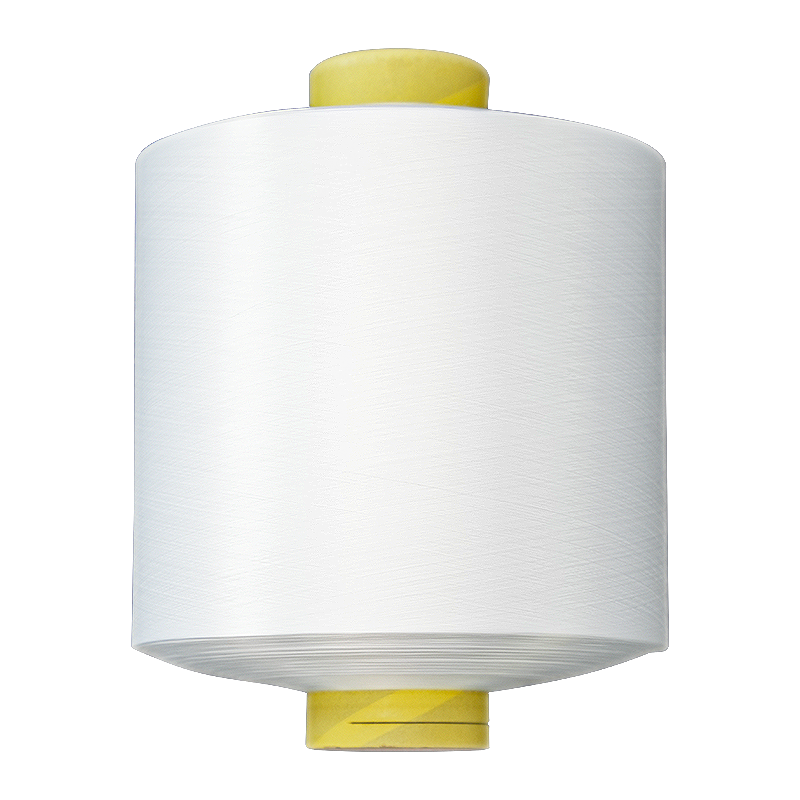
Nylon stretch sportswear yarn is a yarn used to make sportswear and other clothing that require high breathability. Nylon fiber has good breathability, which helps to wick away perspiration and keep t...
See Details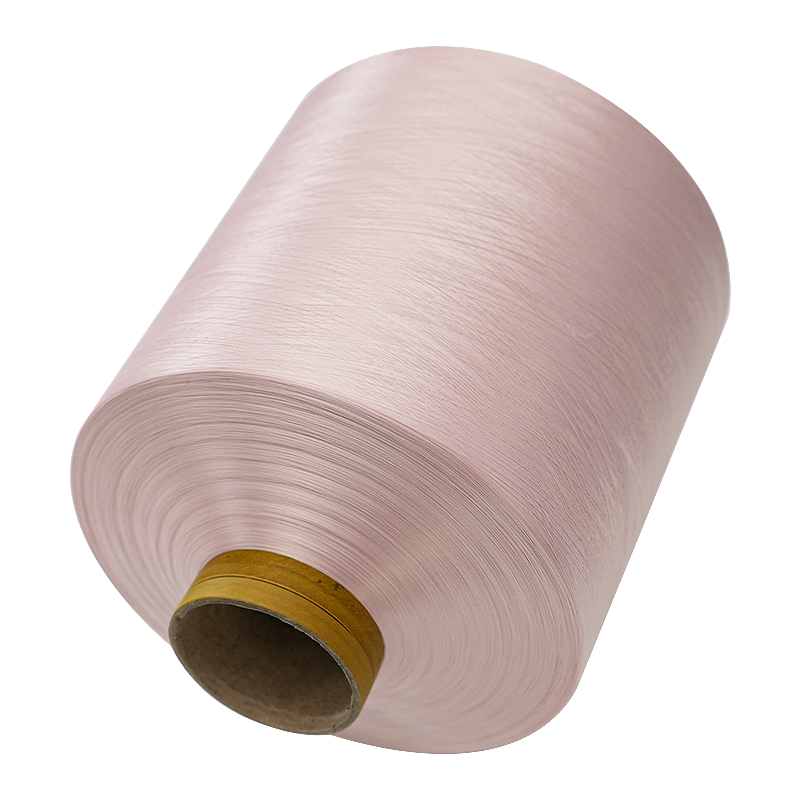
Double-strand nylon elastic yarn is a composite yarn composed of two strands of yarn. It has high strength, maintains stable performance even in a stretched state, and is not easy to break or deform. ...
See Details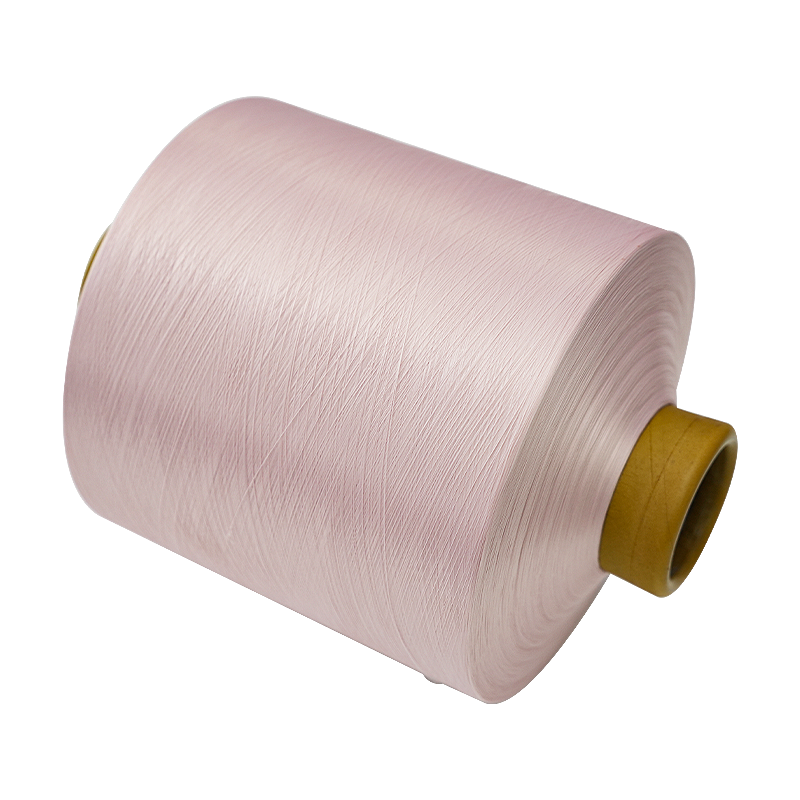
Fabrics made using Nylon elastic yarn for Weaving are lightweight, soft, comfortable and breathable, making them suitable for long-term wear. Made of high-quality nylon material with wear resistance, ...
See Details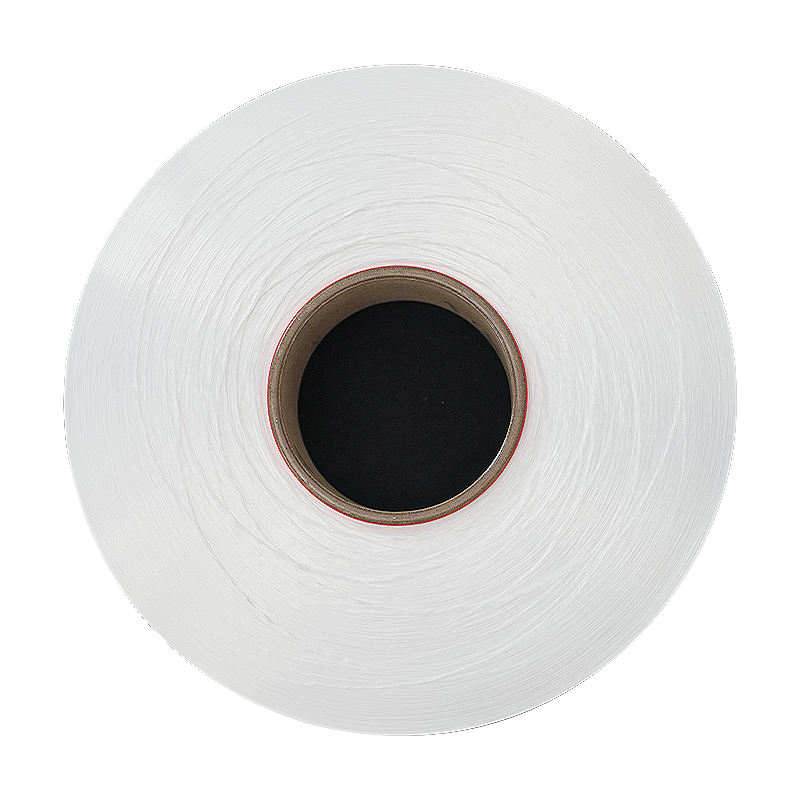
Durable composite nylon yarn has stretch and recovery properties, providing the necessary comfort, fit, and flexibility for clothing and textiles. Made of a blend of nylon fiber and polyester fiber, i...
See Details
Fully stretched polyester blended yarn is made of a blend of polyester and nylon. Polyester itself has good wear resistance. After full stretch processing, the strength and softness of the yarn increa...
See Details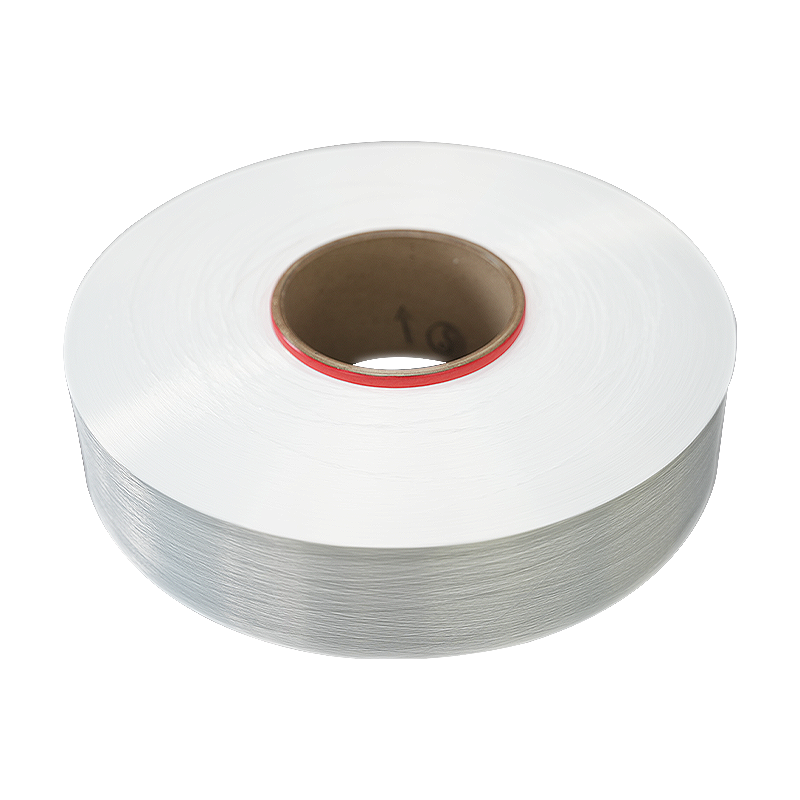
Low-melt textile FDY yarn can bond with other fibers at a certain temperature to form a strong fabric structure. This property makes it ideal for manufacturing synthetic or reinforced fabrics. This ki...
See Details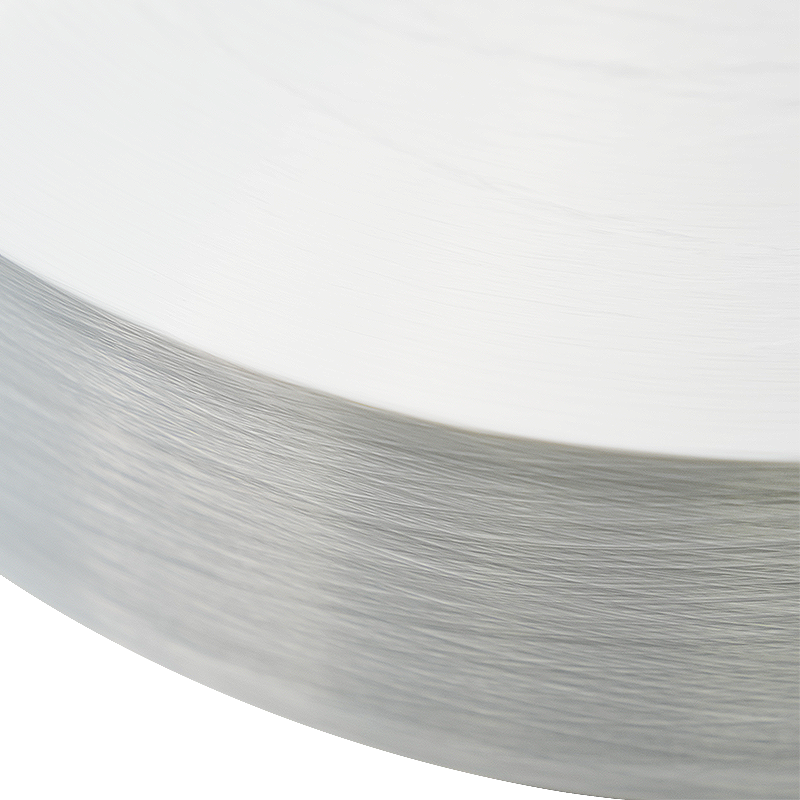
Cooling brushed durable FDY yarn has high durability and is suitable for manufacturing textiles that require wear resistance and durability. It is not easy to wear out after long-term use. Textiles of...
See Details
Composite woven FDY yarn mixes different types of fibers and has good wear resistance. The fabric made is not easy to wear and is suitable for long-term use. Composite woven FDY yarn has a wide range ...
See Details
Stretch durable FDY yarn has good elasticity and can return to its original shape after being stressed, giving the textile a comfortable wearing feel and good ductility. It can fit the contours of the...
See DetailsAddress: Duntou industrial park, haian county, nantong city,jiangsu province ,China.
TEL: +86 15850491859
E-mail: sales-betty@hsnylon.com
If You Are Interested In Our Products, Please Consult Us